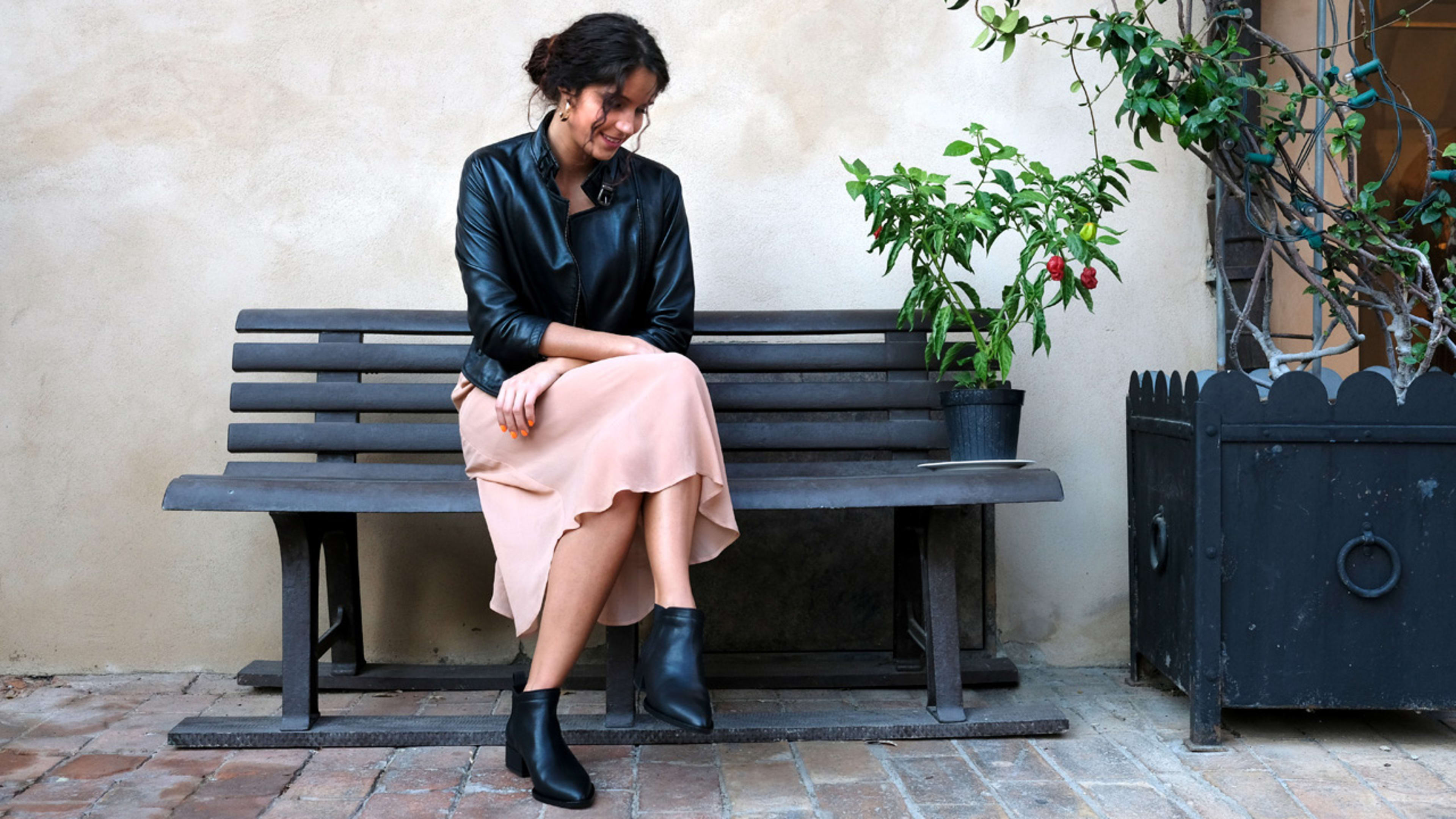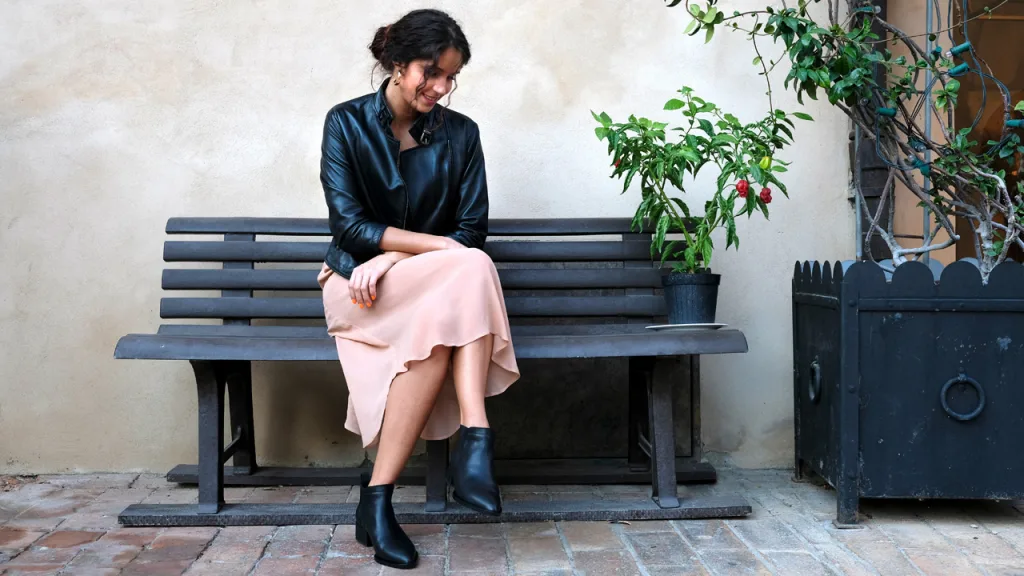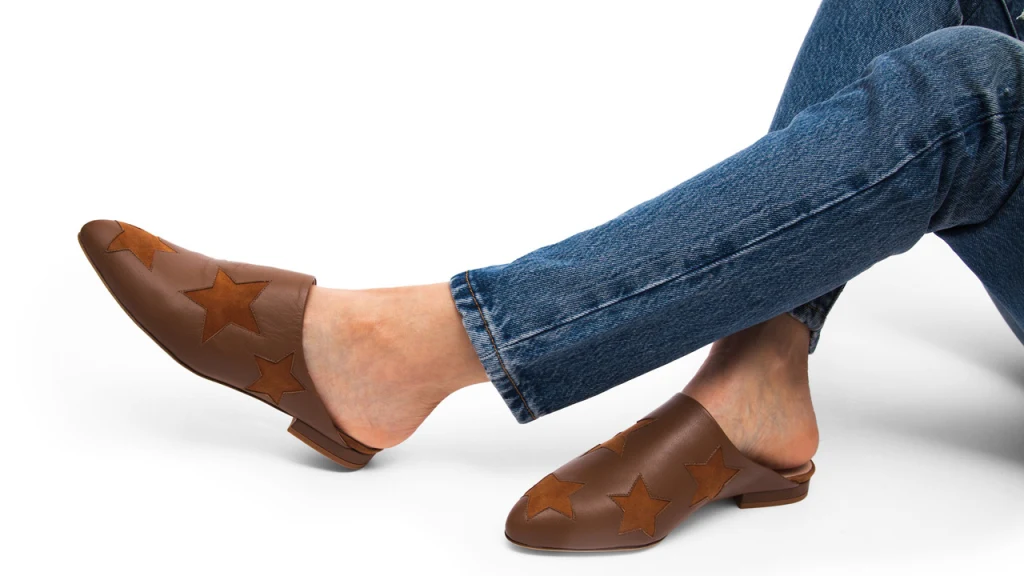When you order a pair of $218 leather sandals or $198 star-enblazoned mules from leather accessories startup Arno Cooperative, you’ll find a few surprises when the package arrives at your doorstep.
There will be a little card with a photo of one of the Italian artisans who made your new leather shoes, bag, or jacket. You’ll also find a pre-stamped postcard with a hand-drawn map on it of all the places in Tuscany where Arno makes its products. You can send the card to whomever you choose, but if you’d like to send a thank-you note to the man or woman who made the item you just purchased, you can send the postcard back to Arno’s founders, who will deliver it to the right person.
“We’ve been surprised by how many of our customers actually choose to send the cards back to us,” says Rachel Arnow, one of the two women who launched Arno in earlier this year and has recently decamped to Tuscany to oversee the brand’s production. “There’s a nice little collection of notes at the workshop from customers saying ‘thank you.'”

Arnow, who trained as a shoe designer, founded the Arno Cooperative with her friend Defne Crowe, a PR professional based in San Francisco. Like many other luxury startups that have hit the market over the last few years, Arno sells products directly to the consumer, bypassing traditional retailers–and their price markups–allowing it to sell products at a fraction of the cost of traditional luxury brands, with sandals starting at $198. The brand collaborates with family-owned factories in a small region just outside Florence, Italy. Products are made by a small team of artisans, who each have extensive experience making leather goods. One of these factories has chosen to invest in Arno, which is unusual since it is usually fashion brands that invest in manufacturing facilities. “We don’t see our suppliers are separate from us, as a brand,” says Crowe. “We really see them as partners, hence our name.”
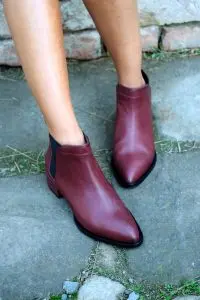
Arno wants to take this approach a step further, by humanizing the manufacturing process even more and giving customers a glimpse of the person who actually made the item they purchased. Besides the photograph that comes in their package, they can go to the Arno website, which offers bios of each artisan full of details about their families and interests. For instance, Laura, Arno’s head of quality control, was born on the island of Sardinia, and went into an artisan apprenticeship program immediately after middle school. Since she lives two streets away from the factory, she goes home for lunch every day, and returns to her village every summer for a vacation.
“We really believe this is the future of luxury,” says Crowe. “People want to know how their products were made, and the natural extension of that is to connect with the human beings who made their new shoes or bag.”
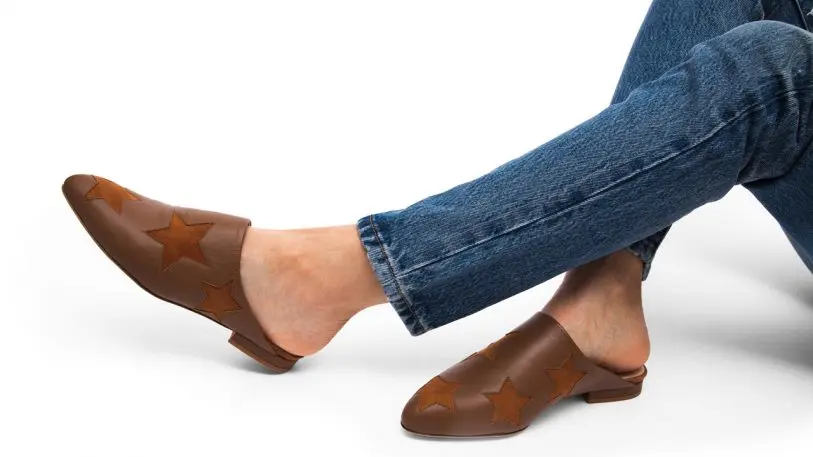
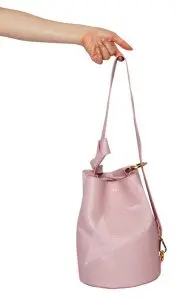
The company is also careful about how much of each product it makes. The factory makes items in small batches, based on the orders that come in, so there is very little wasted inventory, which is better for the environment and also for the company’s bottom line. “This is how products used to be made in the past, before we made things at such a massive scale,” says Crowe. “We believe making things this way results in better-quality products, less environmental waste, and a better quality of life for workers.”
It is still early days for Arno, and it will be intriguing to see how the brand works to maintain its human touch as it scales. If things go well for the brand, it will eventually outgrow its current factories and employ a larger group of artisans to make products. That might make it harder to ensure quality control and to pinpoint which craftsperson made each individual item. And it may be more challenging for a customer to send that particular shoemaker or leather cutter a little thank-you postcard.
Recognize your brand’s excellence by applying to this year’s Brands That Matter Awards before the early-rate deadline, May 3.
